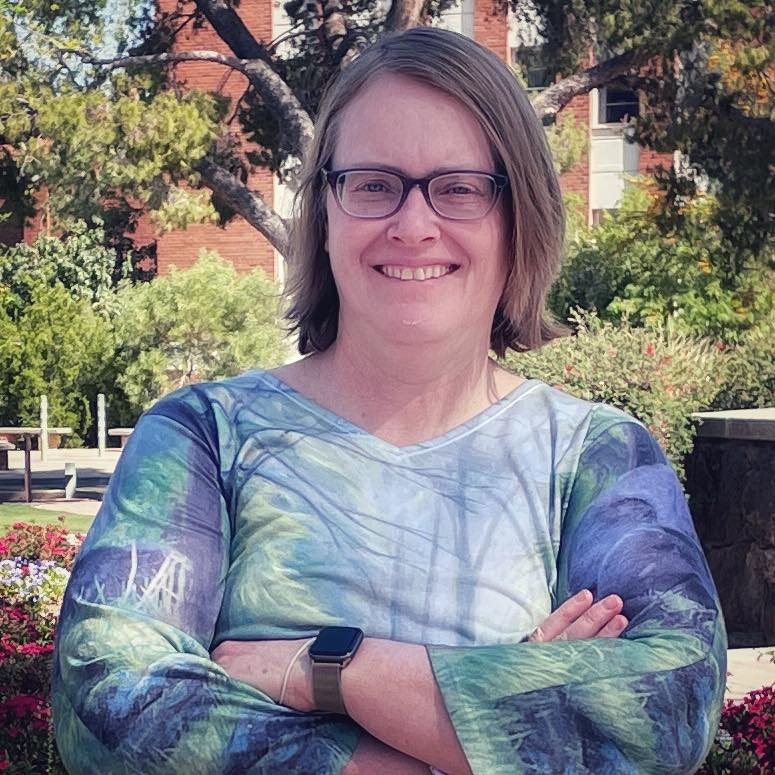Head-marking inflection and the architecture of grammatical theory: Evidence from reduplication and compounding in Hiaki (Yaqui)
Within generative grammar, noun incorporation and other compounding processes have traditionally been the focus of morpho-syntacticians, while reduplication has been investigated primarily by morpho-phonologists. The interaction of these two phenomena in a single language has significant implications that go beyond the narrow concerns of these two sub-domains, bearing much more broadly on the architecture of grammatical theory. This paper investigates the interactions of reduplication and compounding within one language, Hiaki (Yaqui). Reduplication for aspectual inflection in Hiaki occurs inside of compounds and other derived words, marking the head of the word. We demonstrate the major architectural issues resting on the analysis of these phenomena by examining how different theoretical perspectives can (or cannot) accommodate the Hiaki data. Architectures which separate inflection and derivation into separate grammatical components (Weak Lexicalist theories) cannot account for the data, while theories maintaining the two processes in the same component fare better but tend to require some supplemental architectural accommodations. Strong Lexicalist theories and Paradigm Function Morphology can account for head-marking reduplication in Hiaki, but other data from the language problematize major premises of these theories. The syntacticocentric approach we advocate also requires supplementation (Local Dislocation) to correctly position inflectional reduplicants inside compound verb forms, but this is a well-established and independently motivated mechanism within the Distributed Morphology framework.

